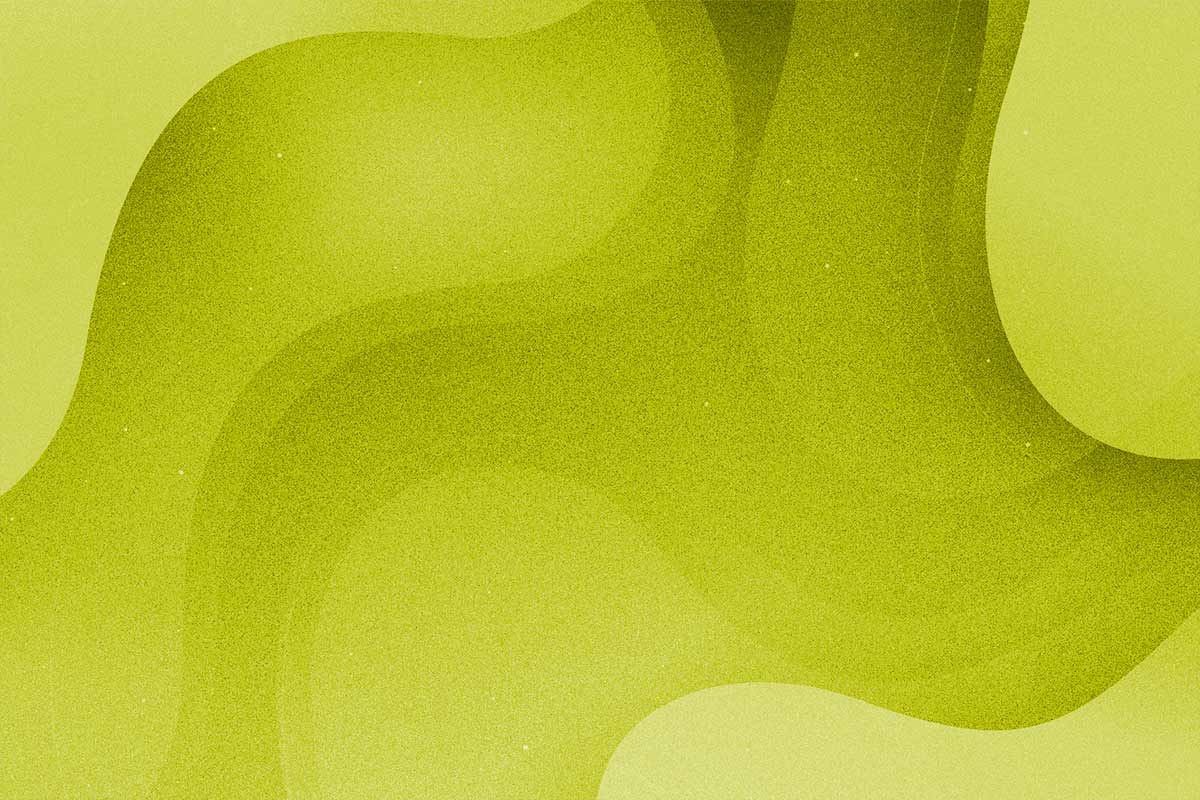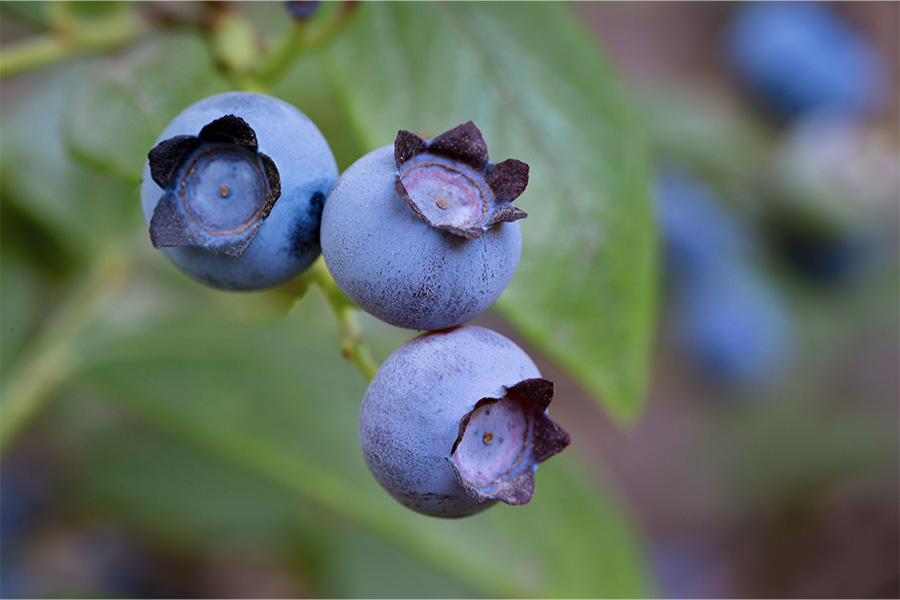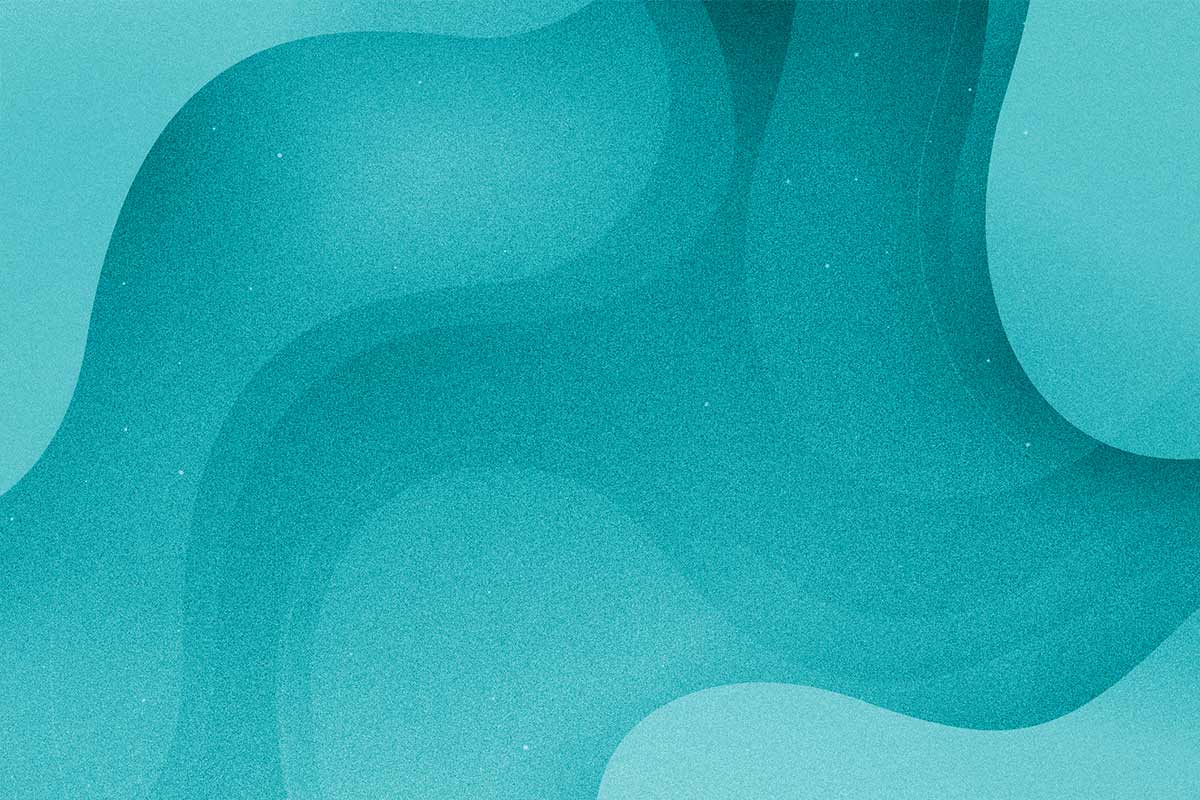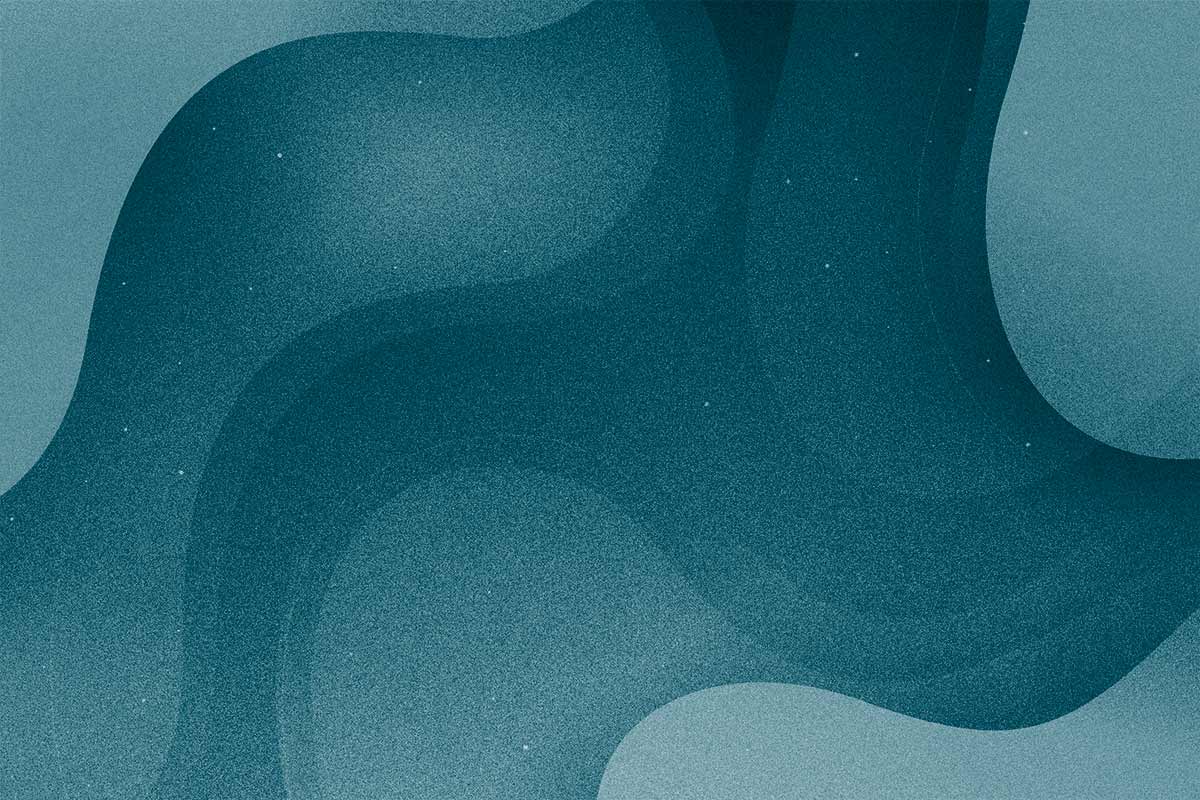-
 This publication provides Southeast-specific information on approved National Organic Program (NOP) disease and pest management options for blueberry production and addresses the issues most commonly encountered under the unique growing conditions of the Southeast U.S. This publication is not intended to provide all details on organic blueberry production, although it…
This publication provides Southeast-specific information on approved National Organic Program (NOP) disease and pest management options for blueberry production and addresses the issues most commonly encountered under the unique growing conditions of the Southeast U.S. This publication is not intended to provide all details on organic blueberry production, although it…|
-
 These irrigation budgets, developed by University of Georgia Cooperative Extension, are estimates of the irrigation costs of a center pivot irrigation system located in southeast Georgia. Our intention is to provide flexible, user-friendly irrigation budgets with default values. That being said, the variation among different farm conditions can impact investment…
These irrigation budgets, developed by University of Georgia Cooperative Extension, are estimates of the irrigation costs of a center pivot irrigation system located in southeast Georgia. Our intention is to provide flexible, user-friendly irrigation budgets with default values. That being said, the variation among different farm conditions can impact investment…|
-
 Propagating disease-free blueberry plants is important for the future sustainability of the blueberry industry in Georgia and the Southeast. Over the past two to three decades, the Georgia blueberry industry has experienced remarkable growth and has become a national leader in blueberry production. To remain competitive, Georgia blueberry producers need…
Propagating disease-free blueberry plants is important for the future sustainability of the blueberry industry in Georgia and the Southeast. Over the past two to three decades, the Georgia blueberry industry has experienced remarkable growth and has become a national leader in blueberry production. To remain competitive, Georgia blueberry producers need…|
-

B 1533-2
Lawns in Georgia: Establishment
Turfgrass enhances the landscape in ways that can be particularly important in urban environments. Turf is one of the most effective plant covers to reduce soil erosion and surface runoff while recharging ground water, which results in more efficient use of rainfall. In most landscapes turf occupies the largest area…|
-
 The quality of an egg involves both the exterior and interior qualities of the egg. Egg quality includes the cleanliness of the shell, soundness of the shell, thickness of the albumen, and color of the yolk. Good egg quality is critical to maintaining the hatching potential of eggs, as improper…
The quality of an egg involves both the exterior and interior qualities of the egg. Egg quality includes the cleanliness of the shell, soundness of the shell, thickness of the albumen, and color of the yolk. Good egg quality is critical to maintaining the hatching potential of eggs, as improper…|
-
 As Georgia’s pecan production acreage has increased, reports of insect pests that attack younger, less established trees have also increased, particularly infestations by pecan bud moth and ambrosia beetles. This circular summarizes the pertinent insect pests that attack young, non-bearing pecan trees, including key details on their biology, injury, monitoring,…
As Georgia’s pecan production acreage has increased, reports of insect pests that attack younger, less established trees have also increased, particularly infestations by pecan bud moth and ambrosia beetles. This circular summarizes the pertinent insect pests that attack young, non-bearing pecan trees, including key details on their biology, injury, monitoring,…|
-

Accurately distinguishing insect pests from beneficial arthropods is a critical component in the implementation of an effective and sustainable pest management program. This circular provides a succinct and practical summary of natural enemies commonly found in pecan orchards in the Southeast U.S.
|
-
 San Jose scale, Comstockaspis perniciosus (Comstock), is a pest of peaches, nectarines, plums, and other tree fruits including apples, pears, and cherries. San Jose scale is considered a secondary pest in many regions of the country, but in the Southeast U.S., it has been one of the most common and…
San Jose scale, Comstockaspis perniciosus (Comstock), is a pest of peaches, nectarines, plums, and other tree fruits including apples, pears, and cherries. San Jose scale is considered a secondary pest in many regions of the country, but in the Southeast U.S., it has been one of the most common and…|